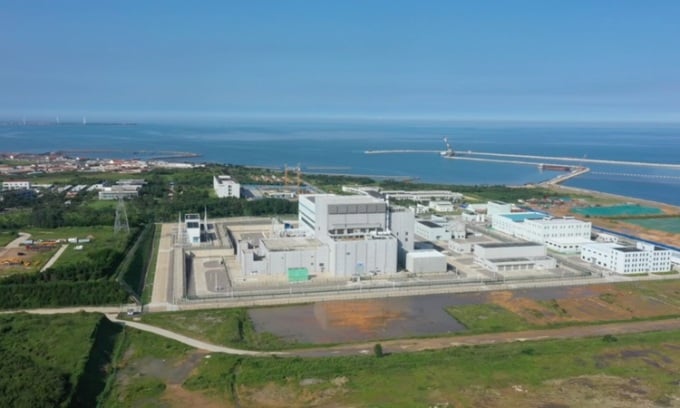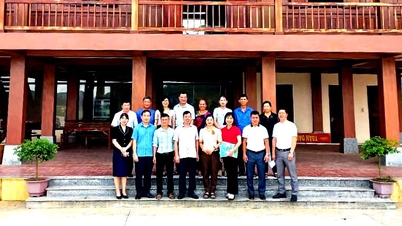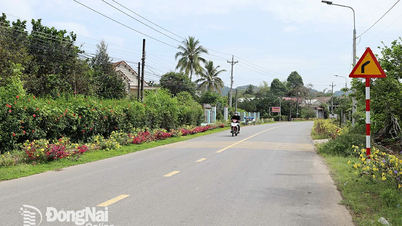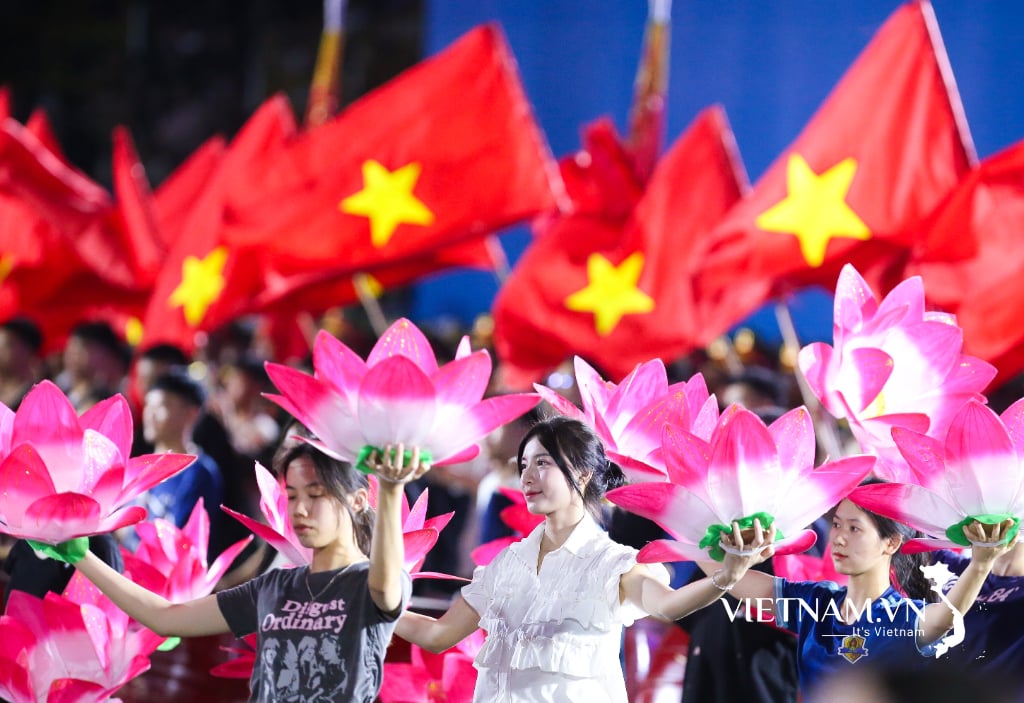The world's first fourth-generation nuclear power plant, Shidaowan, built by Huaneng in eastern China's Shandong Province, went into commercial operation on December 6, 2023.

Huaneng's Shidaowan nuclear power plant. Photo: CGTN
The new power plant has attracted global attention for its application of the gas-cooled High-Temperature Pebble Module Furnace (HTR-PM), which helps avoid the risk of melting or leaking radioactive materials even under extreme conditions, CGTN reported on January 6.
"In the past few weeks of commercial use, the two reactors at our power plant have been operating steadily at full capacity. They have produced 150 megawatts of electricity every day," said Zhang Yijin, the power plant's general manager. "The electricity produced is used to supply the Shandong grid."
One of the key features of the fourth-generation reactor is that the nuclear fuel comes in the form of a small tennis ball-sized sphere, of which there are 430,000 in each reactor. The sphere is 6 centimeters in diameter and contains 12,000 one-millimeter fuel pellets. Inside the pellet is a very small fuel core and four ceramic shells, according to Tong Liyun, another executive director of the plant. The entire ceramic shell can withstand very high temperatures. Under any operating conditions, the temperature of the fuel pellet does not exceed the temperature that the ceramic shell can withstand.

Nuclear fuel pellets used at the plant. Photo: CGTN
Tong stressed that in this way, the design ensures that nuclear materials will not leak. Each sphere has the energy equivalent of 1.5 tons of coal and does not require temporary shutdowns for refueling as is common, allowing for continuous operation. The reactors are cooled with inert gas helium instead of water. They also use a passive heat removal system, which enhances the safety of high-temperature gas-cooled reactors.
Construction of the plant began in 2012. The plant is expected to be connected to the grid in 2021 and begin commercial operations in 2023. The plant is expected to contribute to the region’s electricity supply and spur the development of other fourth-generation nuclear power plants. China is currently using third-generation nuclear power technology such as Hualong One and is making steady progress towards advanced technology such as the Shidaowan plant.
An Khang (According to CGTN )
Source link






























































































Comment (0)